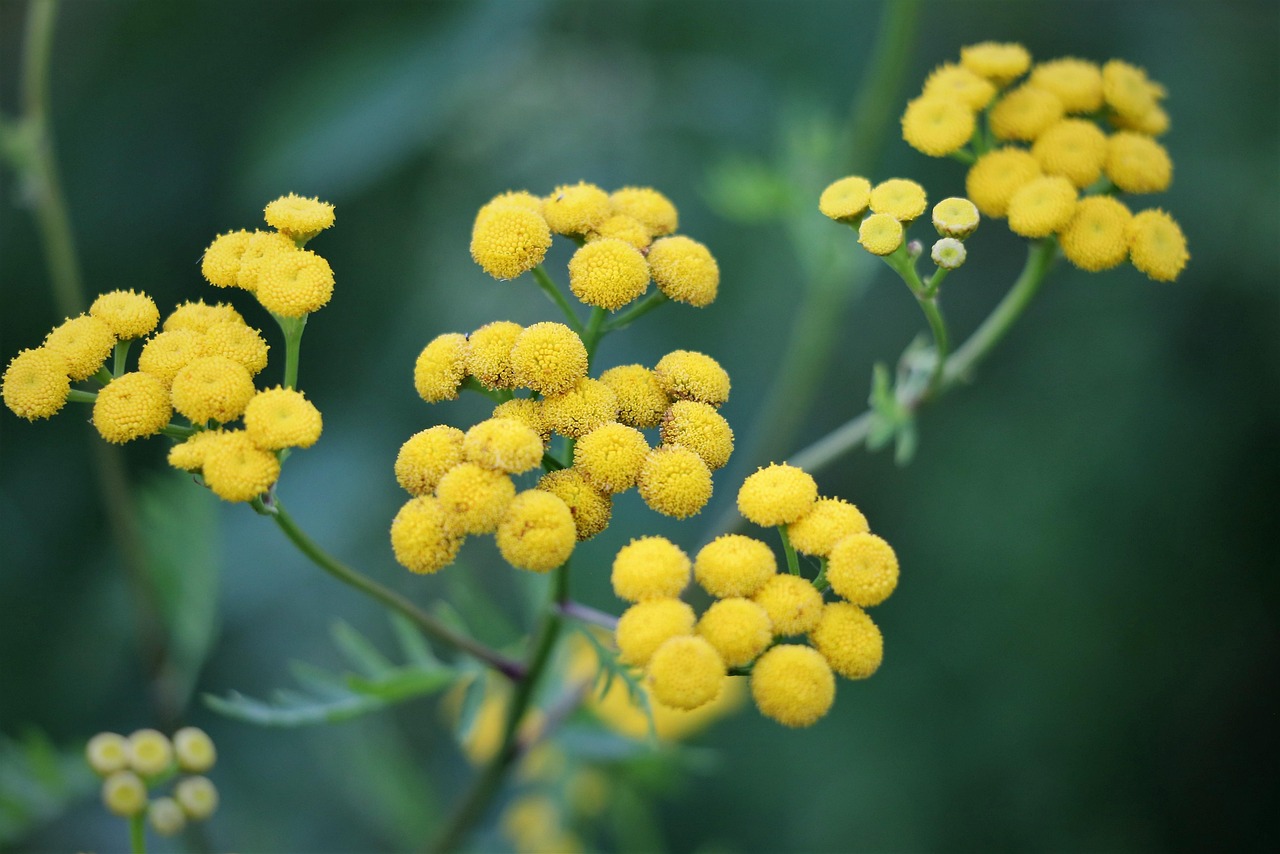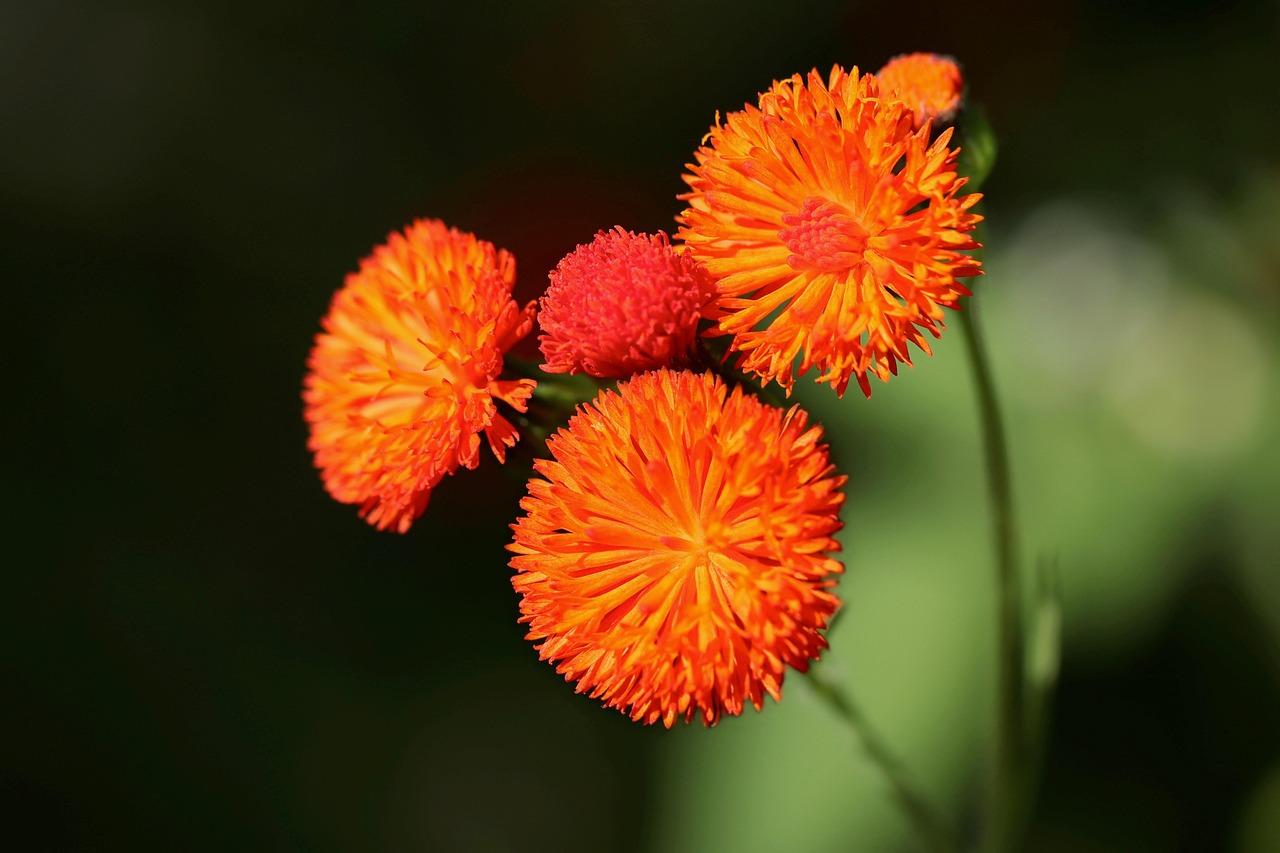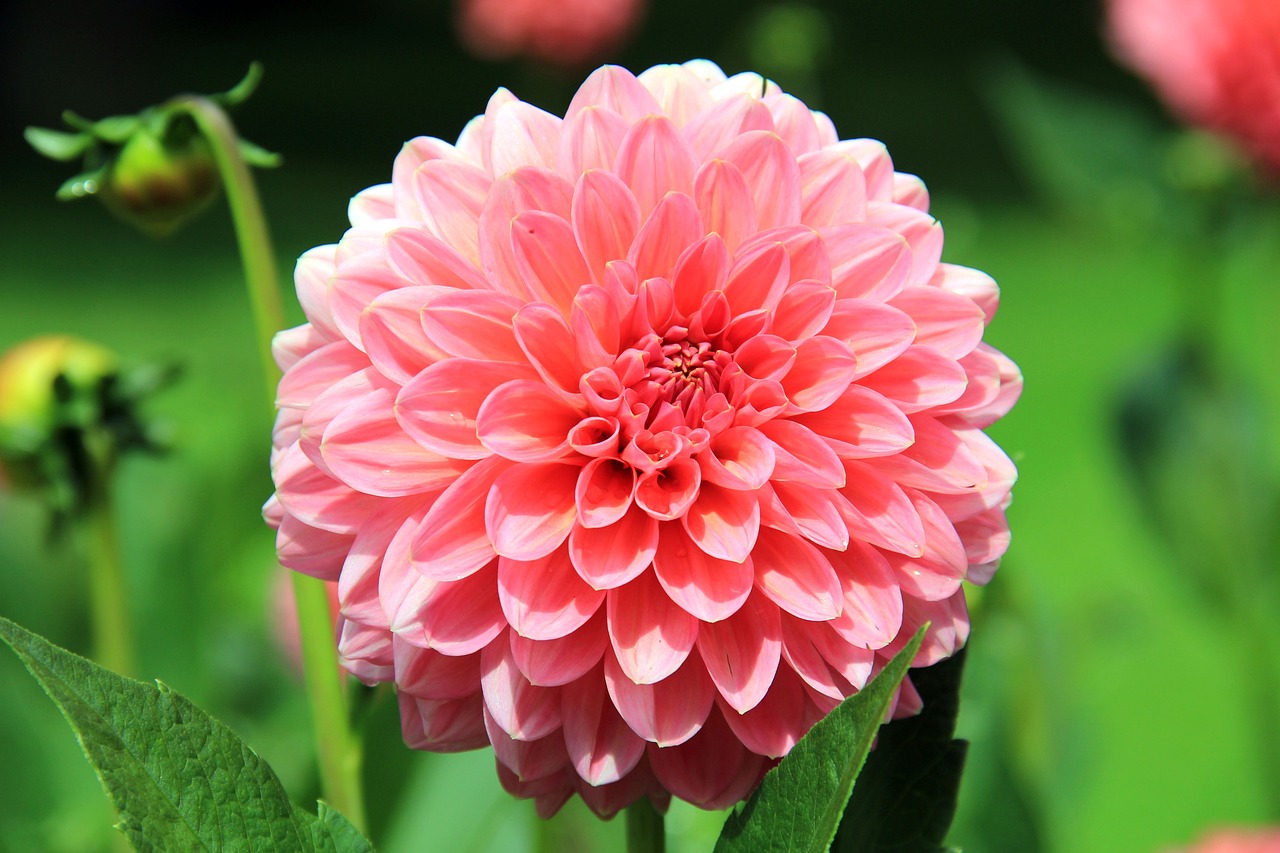Gaillardia | A Sun Ring Blooming in the Land of Native Americans
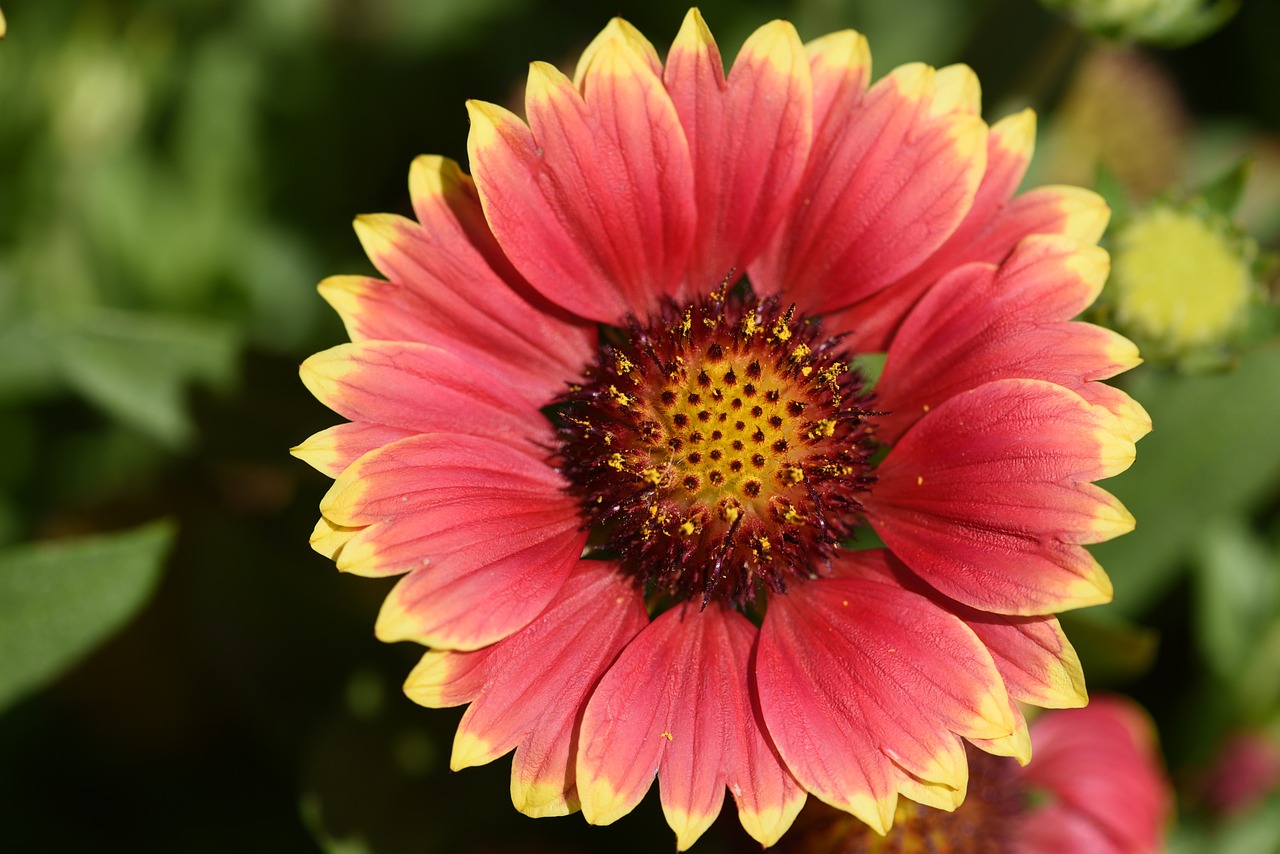
Gaillardia is a plant of the Asteraceae family, native to North America, and admired for its striking contrast of red, yellow, and orange hues.
Both perennial and annual types exist, and because of its long blooming season from summer to late autumn, it has been cherished as a garden flower around the world.
In this article, I will present not only the botanical characteristics of Gaillardia, but also its cultural significance in different regions, its historical background, and practical advice on how to grow it.
Basic Information
- Scientific name: Gaillardia
- Family: Asteraceae
- Origin: North America (United States, southern Canada, Mexico)
- Appearance: The center of the flower is often red or reddish-brown, while the outer petals are yellow or orange, creating a characteristic bicolor bloom. The flower diameter ranges from 5 to 10 cm, with both single and double varieties. The plant grows to a height of about 30–70 cm. The leaves are elongated with fine hairs on the surface.
- Blooming season: From early summer (around June) to late autumn (around November). Depending on climate and care, it can bloom continuously for a long period.
Cultural Characteristics Around the World
In North America, Gaillardia is widely known as the “Blanket Flower.” This name derives from the resemblance between its vivid flower colors and the traditional woven blankets of Native Americans.
In particular, among the Navajo and Hopi peoples, the colors expressed in textiles were deeply integrated into daily life, which is believed to have influenced the establishment of this name.
In Europe, Gaillardia was introduced in the 19th century as a garden plant and became popular for summer flower beds and rock gardens.
In Germany and the Netherlands, its drought tolerance has been highly valued, making it suitable for dry gardens and natural-style plantings. Recently, it has also been adopted in Britain for wildflower-inspired gardens and sustainable landscaping.
Historical Episodes
The genus name Gaillardia was dedicated to Gaillard de Charentonneau, an 18th-century French magistrate and plant enthusiast. His passion and collections of plants earned him this honor.
Wild specimens were introduced to Europe between the late 18th and early 19th centuries, after which horticultural breeding rapidly progressed.
During the Victorian era in England, the development of garden culture encouraged active hybridization, leading to double-flowered and color-varied cultivars.
In the United States, Gaillardia also gained recognition in the early 20th century, being protected as part of native vegetation in national parks, highlighting both its wild and horticultural value.
Gardening Advice
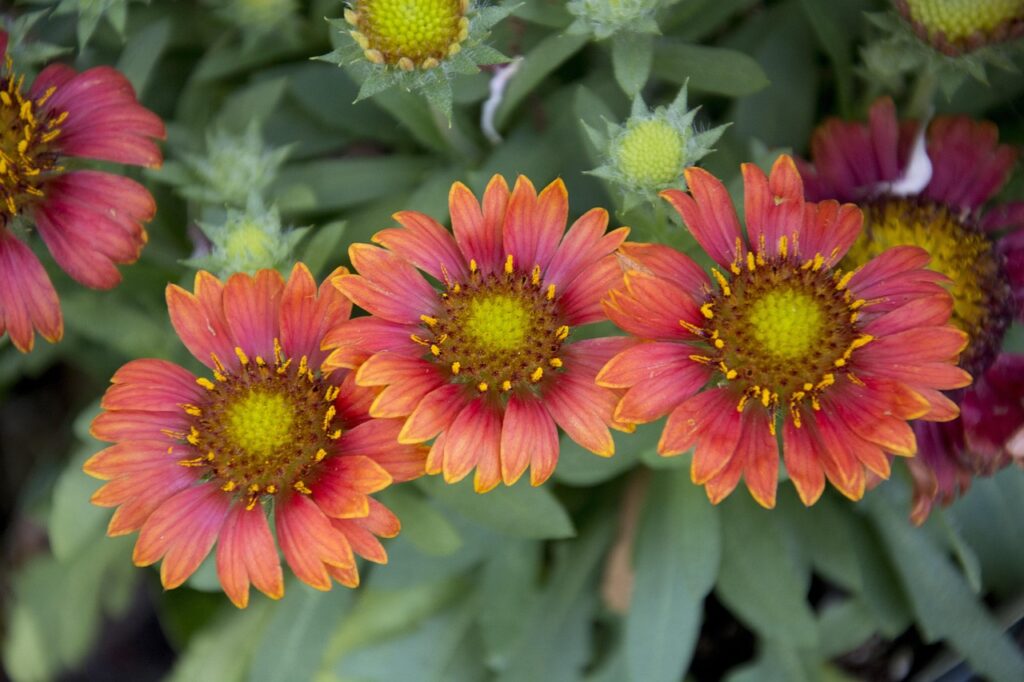
Gaillardia is a plant that rewards good growing conditions with abundant blooms over a long period. I recommend the following care points:
Sunlight
It grows best in full sun. If the location is shaded, flowering tends to decrease.
Watering
Water only after the surface soil has dried. Avoid keeping the soil constantly wet, as this may cause root rot. Although drought-tolerant, it is weak against excess moisture.
Soil
Well-drained sandy or loamy soil is ideal. For potted plants, mix perlite or pumice into potting soil to ensure aeration.
Fertilizer
Only a small amount is necessary. Apply a slow-release fertilizer in spring before flowering. Excessive fertilization may cause leggy growth and fewer flowers.
Pruning & Deadheading
Remove faded flowers regularly to encourage continuous blooming. Cut back to the base in autumn to rejuvenate the plant and ensure healthy growth the following year.
Overwintering
Annual types die in autumn, but perennials can overwinter outdoors in mild climates. In colder regions, provide frost protection or move indoors.
Conclusion
Gaillardia was discovered as a wild, vibrant flower of the North American prairies and introduced into European horticulture at the end of the 18th century.
With its vivid colors and long blooming season, it continues to be used in summer and autumn gardens worldwide.
By providing suitable growing conditions, I can enjoy its attractive appearance both in flower beds and in containers.

